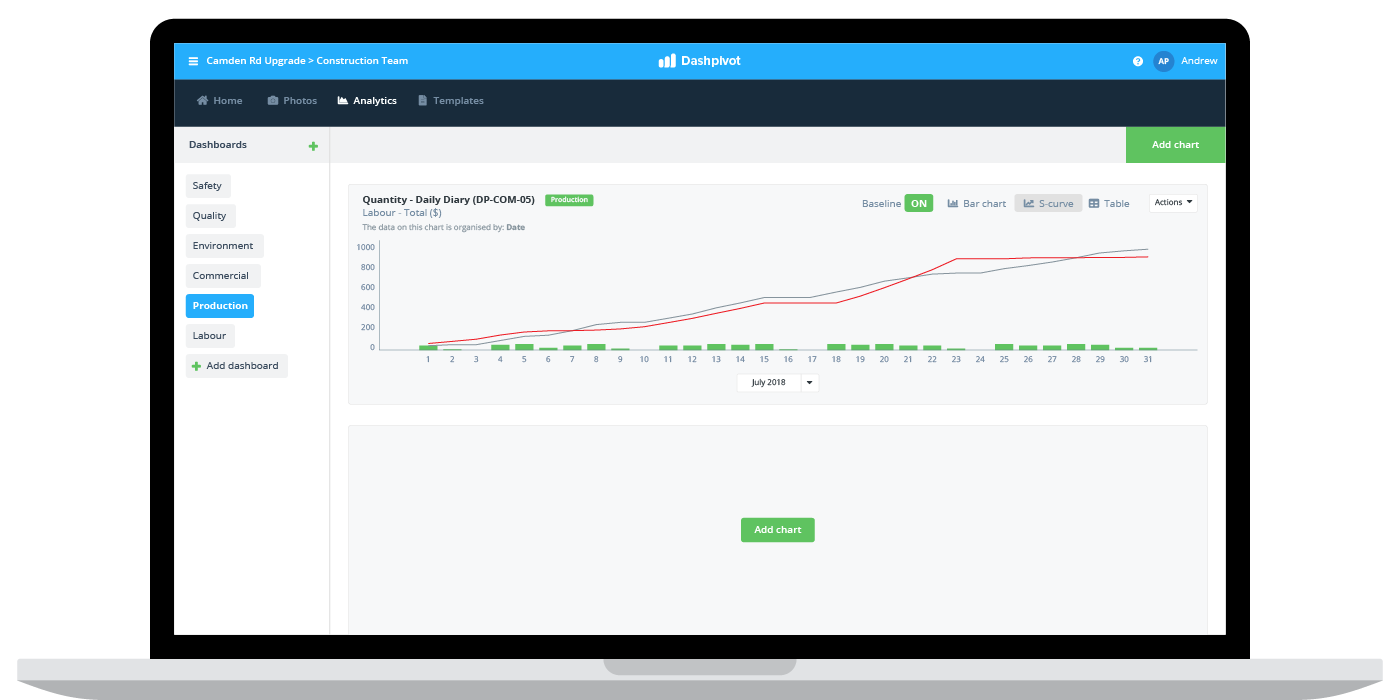Variance at completion VAC

Variance at completion (VAC)
What is variance at completion?
Variance at completion or VAC is a project management and analysis tool used for projecting the different between your initial budget and the most recent budget estimate. The number which falls out of your variance at completion calculation gives you a strong idea about whether you will have a budget surplus or budget deficit, and how big that surplus or deficit will be.
While there are a few different variance formulas in earned value management and analysis, variance at completion is concerned with your cost variance.
Note, variance at completion is not your cost variance. Your cost variance is the different between your current earned value and actual costs. This tell us our cost efficiency to date. Our variance at completion is the difference between our budget and estimated costs at the end of the project.
Cost isn't the only factor in project management and delivery - with schedule, safety, quality and other outcomes being crucial too - but a large budget overrun is almost always the major red flag.
A project manager and project-based company needs to have sufficient funds for finishing a project to the required standard and quality, and tools like variance at completion ensure that they have the right information to ensure they have adequate funding and resources.
Where a company might have a large budget surplus, it can use this information to re-allocate resources or inform and impact other projects.
Calculation for variance at completion
Calculating variance at completion is very simple, it is one of the simplest earned value calculations.
To calculate your current variance at completion, you simply subtract your latest estimate at completion from your initial budget at completion.
The 'plan' for all projects is that the initial budget is an accurate budget, but this is rarely the case. An estimate at completion is created and revised when the initial budget no longer holds true. Sometimes this can be due to internal factors, and other times external factors contribute to delays and other issues.
Once we have an estimate at completion, we can calculate our VAC using the formula below.

Interpreting your VAC
Interpreting your variance at completion is even easier than calculating VAC. If your VAC is a a positive number (greater than 0), then your budget at completion must be larger than your estimate at completion - which means you are running a budget surplus at this moment in time.
If your variance at completion result is negative, then your new estimate is larger than your initial budget. This means your project is projected to cost more than your initial budget - which means you will have a cost overrun.
Most variance at completion calculations result in a negative number, because most revisions to the initial budget tend to be increases due to delays or unforeseen circumstances.
As we mentioned earlier, the idea behind your variance at completion is that it provides you with an objective number as to how much you are going to come under or over budget. This is important information for making decisions about the rest of the project, including funding decisions, resourcing decisions, how to communicate the variance to other stakeholders and more.
Keep your variances as low as possible throughout project delivery
Not all variances at completion are bad. Many project changes come about because they are necessary, and many changes are intended or positive.
A design change to a project which will improve the delivered asset is likely a good thing, and the costs can be disseminated between the parties so that everyone wins.
But keeping your variances as low as possible is good practice. Variances decrease consistency and reliability, and projects benefit from consistency and reliability. It's very hard for project managers and companies to make accurate forecasts about costs, margins and profits when their projects are constantly fluctuating.
One of the best way to keep your macro-level variances down is to track your micro-variances more closely and accurately. Small delays and issues can often be overcome when they are known, but these changes compound and eventually lead to schedule and cost blowouts.
To better track change orders and variations, production fluctuations and other important project activities, it's imperative that you are getting real-time data in from the field.
A company who gets real-time production and cost information through site diaries, timesheets and other documents is much more likely to stay on track - and much more likely to trigger a new variance at completion calculation based on small variances.
Today, you can get all of this real-time data through smart systems like Dashpivot.

The companies which don't track these numbers closely make their variance at completion calculations at generic times and not based on actual activity, which leaves them vulnerable to changes and vulnerable to end of project headaches and large variances at completion.
Cost variances are extremely important and impactful to project-based companies.
Variance at completion - as well as the processes and systems behind your field data - can empower you to make better project decisions and ultimately keep your projects on track and on budget.
People in 100+ countries use this software to capture and track variances.
